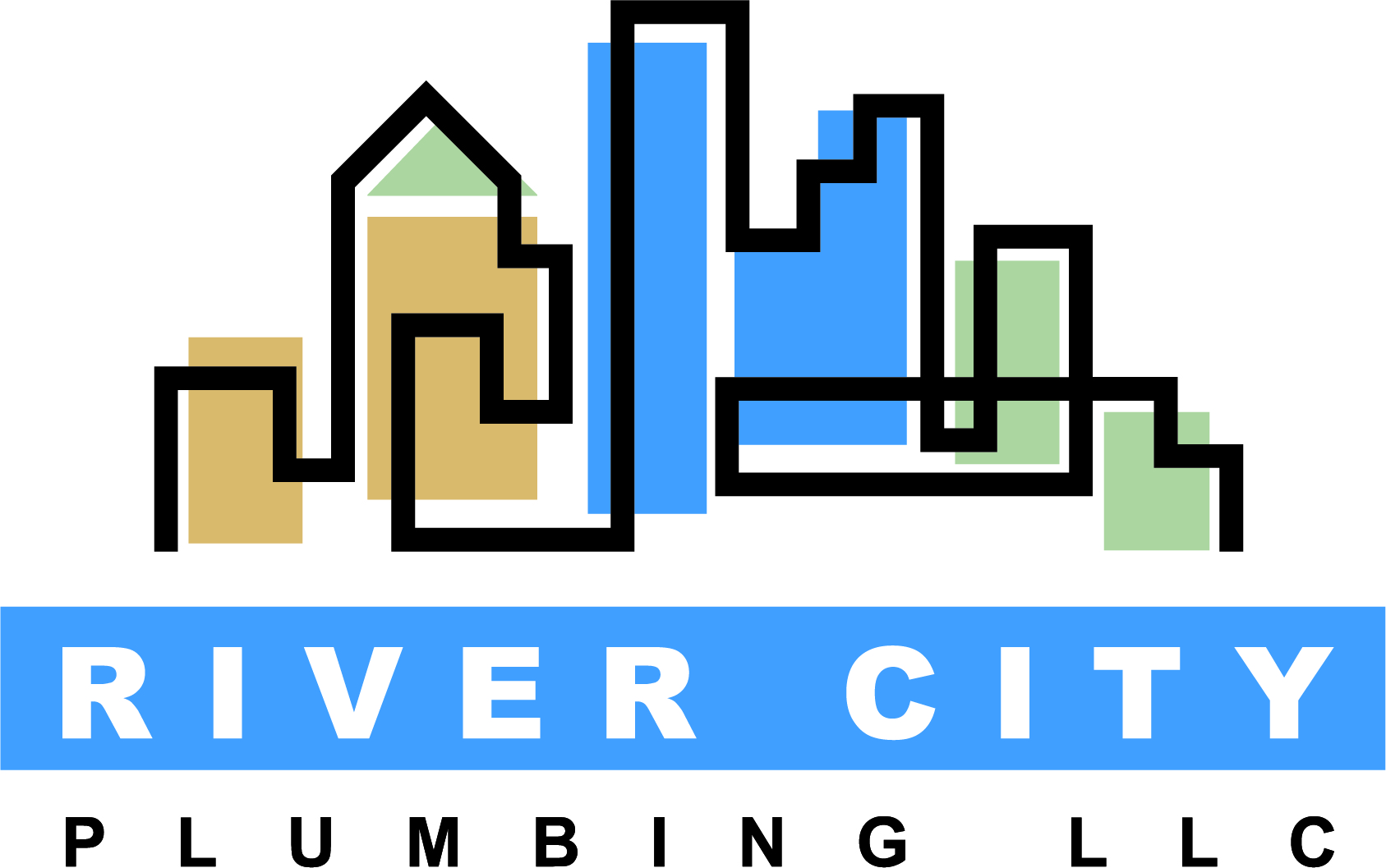Problems with Copper Pipes
Lead in Your Pipes
In the early seventies, pipes in most locations around the country were installed or replaced with copper pipes. These copper pipes were joined with fittings using solder that was composed of fifty percent lead! This lead is in the fittings that carry drinking water to faucets. If you have copper piping that was installed in the eighties or before, you may want to get your water tested for lead. Since the mid-eighties, plumbing codes have steadily reduced the amount of lead in solder so much so that solder today contains practically no lead.
What Else can Happen to Copper Pipes?
Over time, copper pipes, especially type M copper (the most prevalent kind), are susceptible to pin hole leaks, as copper will degrade over time with abrasion. Another Problem with copper pipes are the quality of the solder joints. Some fittings were simply not soldered correctly. Some were soldered using a small ring of solder around the top of the fitting. This looks fine, but sometimes does not penetrate into the fitting making a permanent seal. Over time as these fittings expand and contract, they can develop leaks or even break apart at these connection points. Below are examples of good and bad copper soldering jobs.
Bad Copper Soldering Job
Professional Copper Soldering Job
The pipe to the left was leaking severely. Upon inspection, the picture shows that the solder had not penetrated the joint. It should have been solder colored all the way to the end of the pipe. This is one problem with copper pipe. Unless it is disassembled, you do not know for sure if the solder has completely penetrated the fitting. The picture to the right is an example of a professional copper soldering job.
If you have questions about your copper piping, call me at 503 . 720 . 2643


